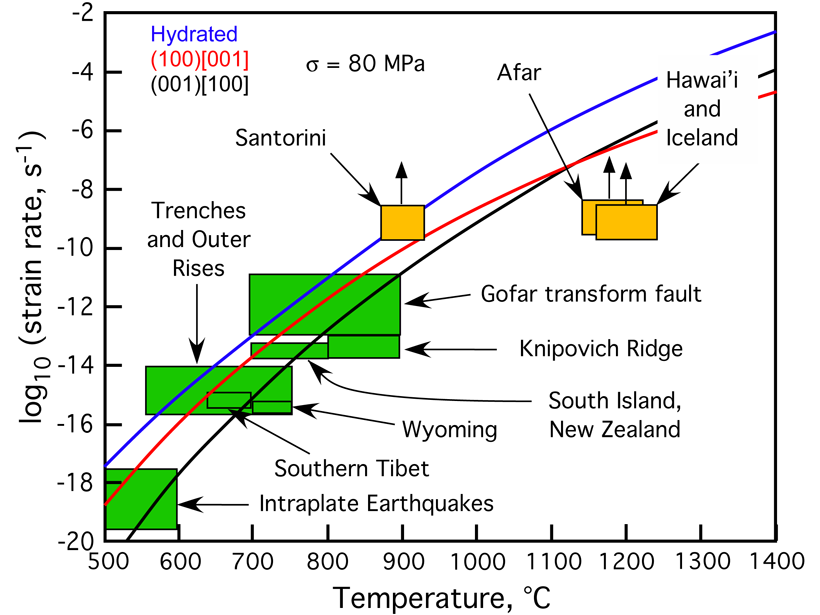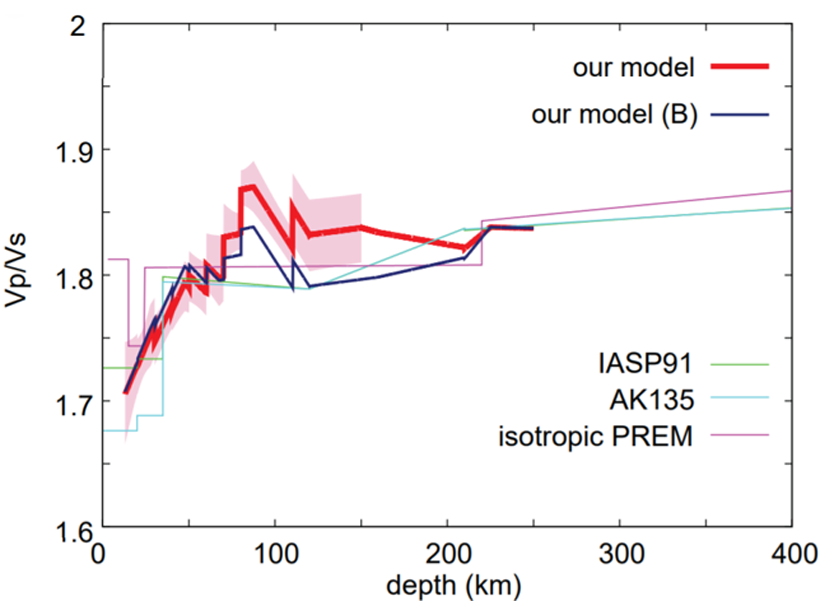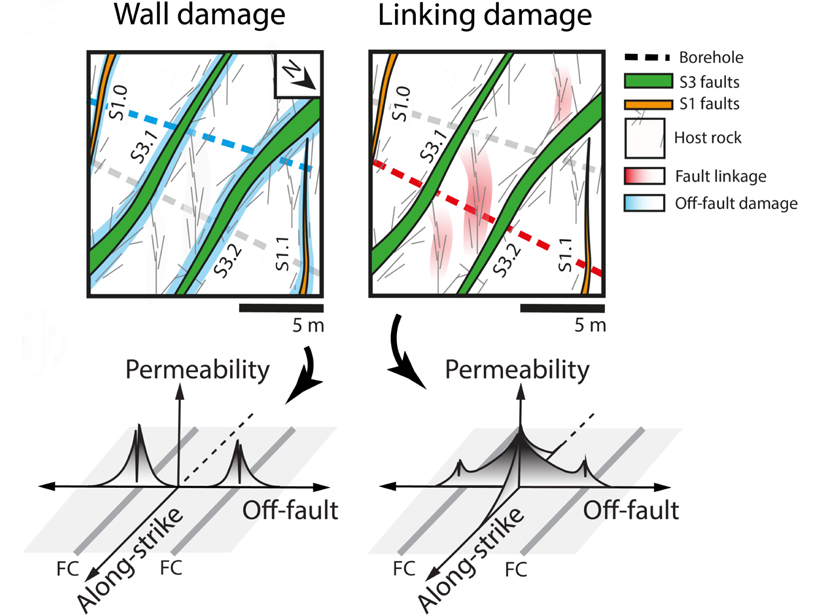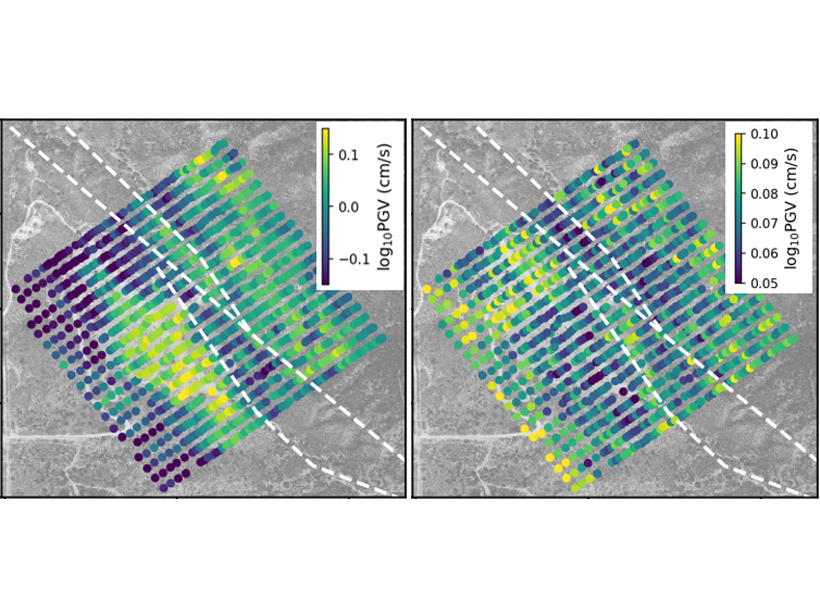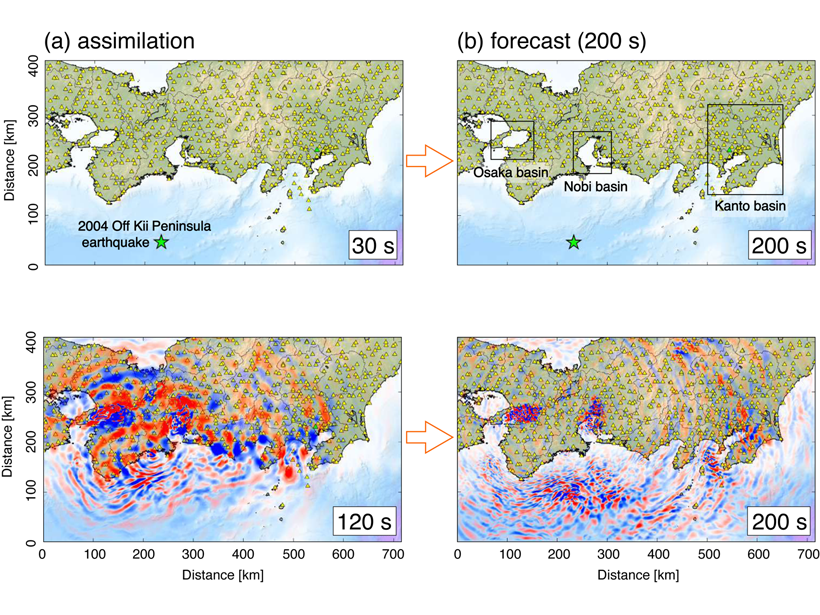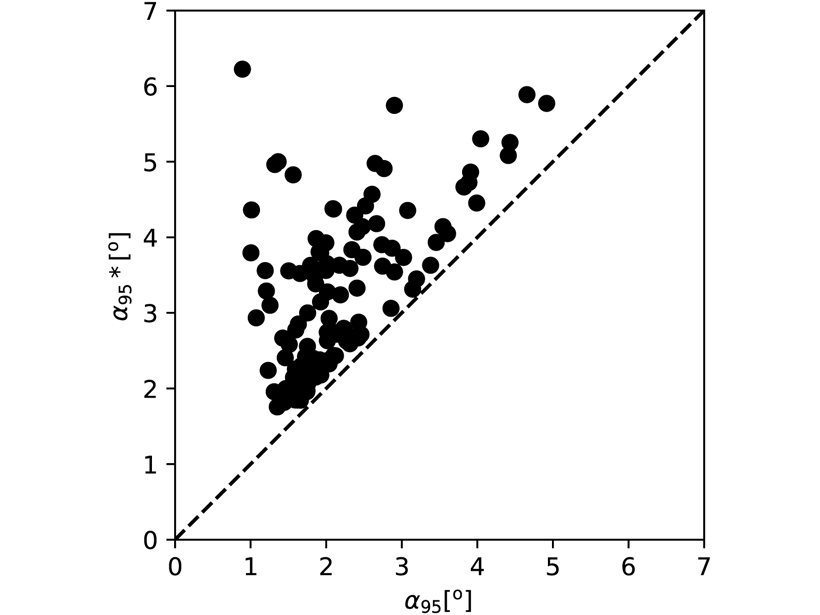Precise measurements of the Earth’s vertical surface motion help to elucidate the hazards of faults in an earthquake-prone region.
Journal of Geophysical Research: Solid Earth
Radon Enrichment in the Volcanic Plume of Mount Etna
More than 70 passive sensors on Mount Etna have captured the first radon measurements in volcanic plumes and show that radon could affect people around volcanoes.
The Restless Geomagnetic Field Over the Past 70,000 Years
Detailed paleomagnetic records from Black Sea sediments reveal intricate changes in the field during geomagnetic excursions.
Steadying Mid-Ocean Ridge Spreading Rates
Researchers used an up-to-date global magnetic anomaly data set to track the history of magnetic field reversals and obtain more accurate estimates of tectonic spreading rates.
Strain Rate: The Overlooked Control on Earthquake Depth
Regional strain rate may play as significant a role as temperature in governing the depth distribution of earthquakes in mantle lithosphere.
Unexpected Oceanic Lithosphere-Asthenosphere P-wave Velocities
A peak in seismic P-wave – S-wave velocity ratios at the lithosphere-asthenosphere boundary beneath old Pacific lithosphere requires an additional property besides temperature as an explanation.
Fluctuating Fluid Flows in a Fractured Fault
Fault damage zones can focus fluid transport near faults.
Super Dense Array Measurement Magnifies Seismic Wavefields
An investigation of small-scale spatial variability in earthquake ground motions helps to quantify the uncertainty of ground motions in probabilistic seismic hazard analysis.
Real-time Ground Motion Estimation for Large Earthquakes
Advanced computing technology can be used to forecast ground shaking from earthquakes and provide an early warning in real time.
Uncertainty Propagation in Paleomagnetic Data Quantified
In classic paleomagnetic data processing uncertainties are calculated at a single level only, but there is now a more lucid way to include error propagation.





